Imperial Lisbon In All Its Old World Glory
At its height, the Portuguese Empire was one of the largest and most powerful empires in the world. Armed with superior seafaring technology and a lot of bravado, Portuguese explorers helped to establish the very first European colonies in South America, Africa, and Asia - directly starting the Age of Discovery and Colonialism.
And at the heart of the Empire was the city of Lisbon.
* Imagine yourself standing at the center of the world's most important city 600 years ago, think today's New York City. You would find yourself standing at the Praca do Comercio.
 |
| Photo c/o Google Images |
* From the Praca, you would head down Lisbon's main street, Rua Augusta, by passing through this magnificent Arch proudly displaying the coat of arms of Portugal.
* After passing the Arch, take a quick glimpse back to the Praca, with the impressive Statue of King Jose I on his Horse trampling a dozen snakes.
* Rua Augusta, both in the medieval period as it is today, is the main street of Lisbon. The street is part of a grid of streets known as the Baixa, known as the center of business, commerce, and culture in Lisbon.
* And because of that, the whole of Baixa contains numerous shops, boutiques, restaurants, cafes, and tourist traps!
* Old world charm, indeed!
* A nice uphill walk from the Baixa, takes you to Se, the Cathedral of Lisbon.
* Built in 1147, the Cathedral has survived numerous earthquakes, invasions, and difficult periods.
* Se is not as ornately decorated as the Cathedrals in Spain, France, and Eastern Europe, which might actually be a good thing as there is noticeably less tourists inside.
* Thus enabling one to do what one is supposed to do in a church, pray and reflect.
* Of course that won't stop us from taking photos, which is fortunately allowed in this church.
* After saying a short prayer inside, we head back to the Baixa, noticing the presence of Tuk Tuks on the street. The preferred means of transportation in Bangkok, these modified tricycles have somehow made their way to Lisbon.
* Walking back downhill, don't miss this unassuming chapel on the side of the road, the Santo Antonio Church, which marks the spot where St. Anthony of Padua was born.
* Known for his powerful preaching, expertise in scripture, and being the patron saint of lost things, St. Anthony was so popular with the masses that he was one of the most quickly canonized saints in church history!
* In terms of architectural styles, the Portuguese sure love their pastel colors!
* Everything looks color-coordinated and planned out.
* Back on the Baixa, you might spot this area full of gawking tourists. They will all be gawking at this structure called the Santa Justa Lift, which is an elevator connecting the Baixa to a higher area known as the Carmo Square, an area providing some scenic shots of downtown Lisbon.
* Walk till the end of Rua Augusta, and you'll find yourself at Rossio Square.
* Anyone order a shade of Pastel?
* Rossio Square has been the main setting of demonstrations, celebrations, executions, and even bullfighting since the Middle Ages!
 |
| Photo c/o Google Images |
* Here's the Square as it was before the great Lisbon earthquake of 1755.
* Today it is a favorite meeting place for locals, as well as the perfect area for tourists to take numerous photographs.
* Including one of the writer and his old college buddy and one of his closest friends, Ken. The author's wife was busy shopping at this time!
* On one end of Rossio, you'll find the neo-classical National Theater D. Maria II, one of Portugal's most prestigious venues and center for arts.
* I had twice mentioned the great Lisbon earthquake of 1755 which devastated the whole city. Historically, earthquakes have always been a problem for Lisbon.
* This directly led to the Portuguese rebuilding their city to be earthquake resistant, contributing greatly to world-wide knowledge on city planning, building engineering, and calamity response.
* In fact, Lisbon is often credited by modern city planners as one of the most well planned and safest cities in the world calamity-wise; beating contemporaries like London, Madrid, and Paris.
* No trip to downtown Lisbon is complete without dropping by the famous Alfama district, known for its narrow alleyways, old buildings, and quirky residents (including gypsies!).
* Originally home of working class Portuguese, fishermen and peasants, the area was not at all damaged by the earthquake of 1755 thus keeping its condition very authentic and picturesque.
* This makes the Alfama perfect for purposeful wandering!
* As well as getting drunk, as this tourist gamely demonstrates for us.
* And of all the libations that Portugal can proudly claim as its own, none comes close to the legendary Port wine.
* So how does one get to see all these amazing places in downtown Lisbon? The Lisbon Metro does that job perfectly, connecting all parts of the city including the suburbs to Lisbon's major areas of interest.

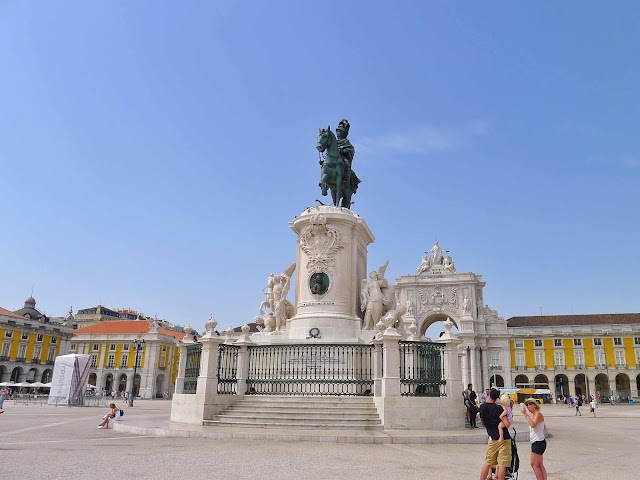



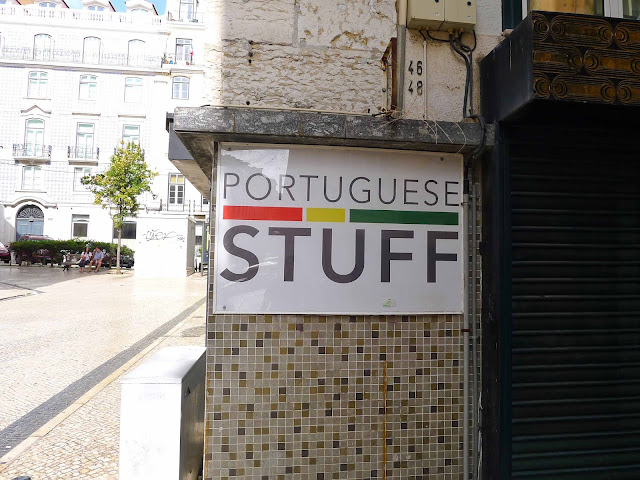





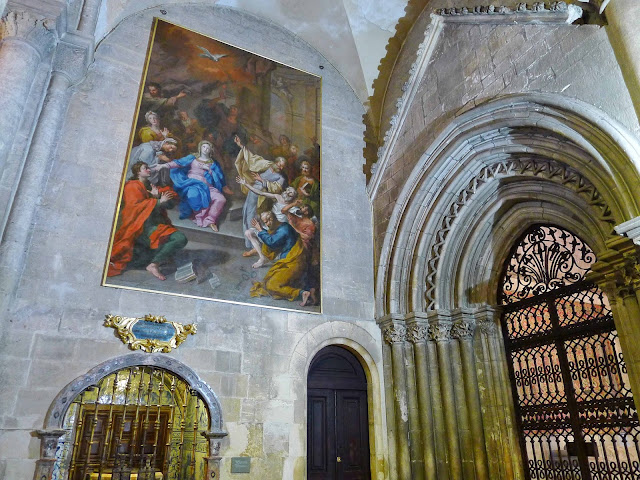



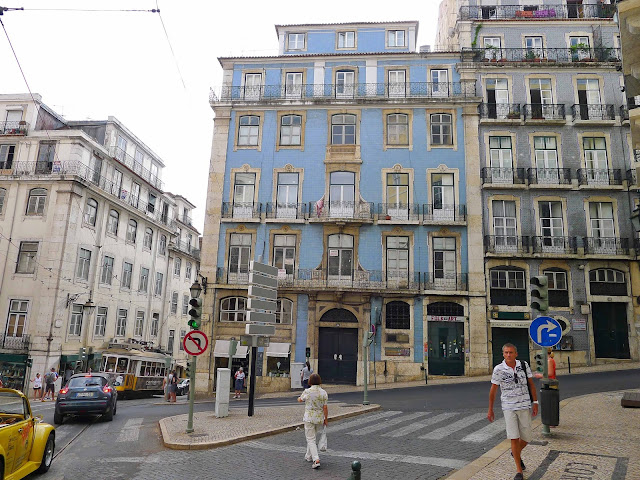

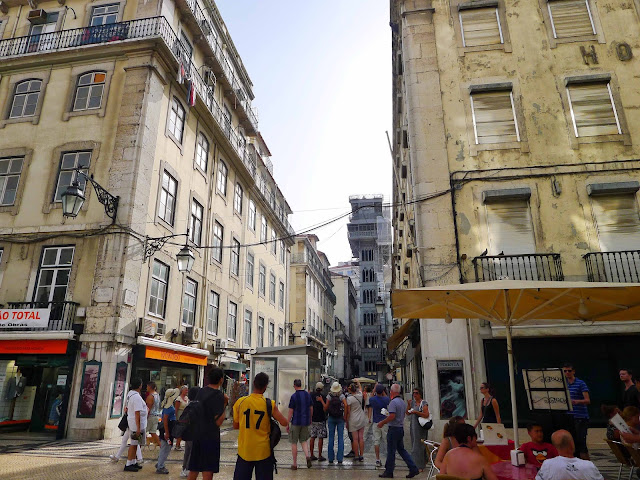









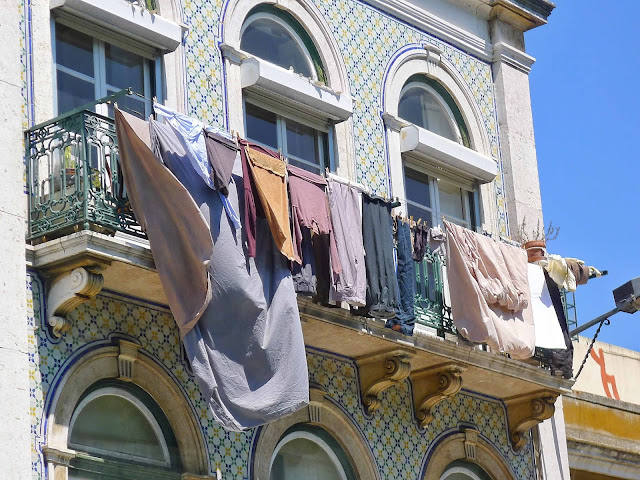


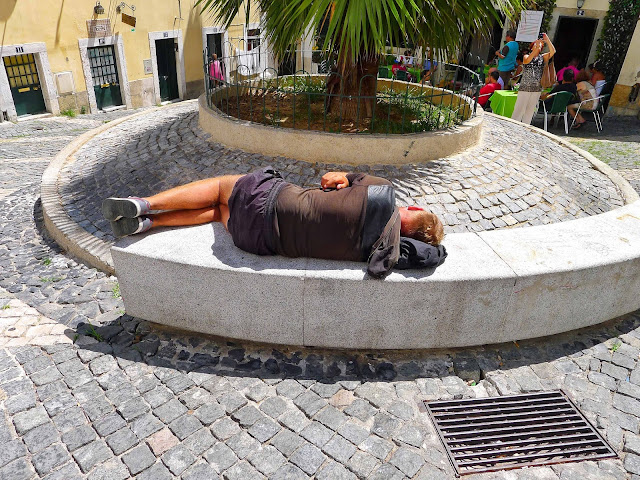



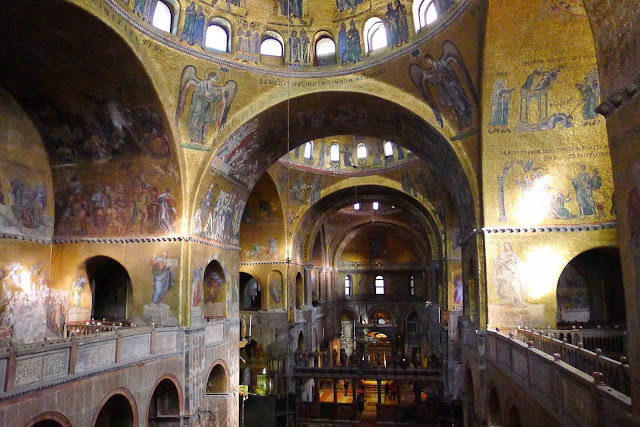


Comments
Post a Comment